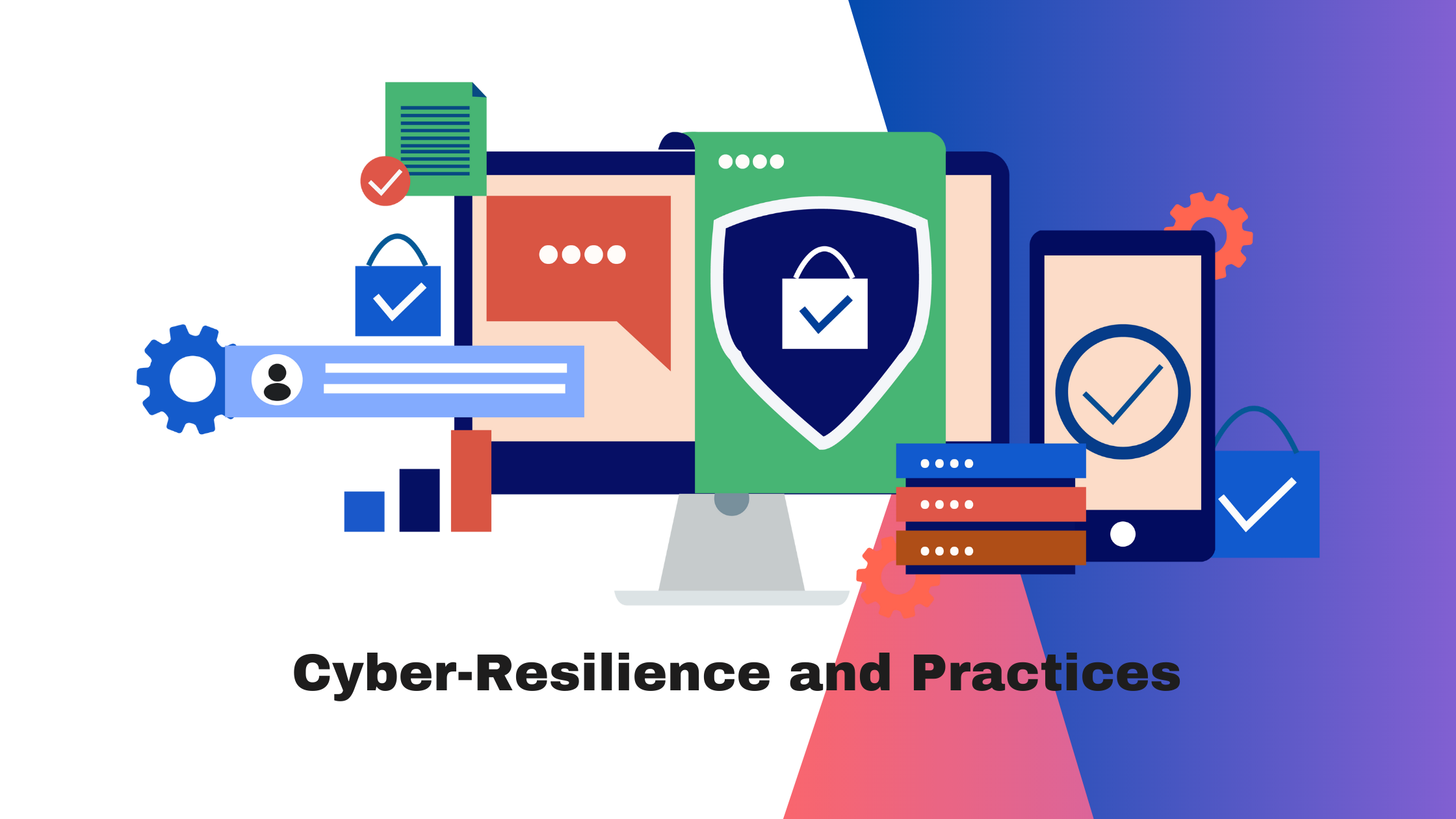Building Cyber-Resilience: 6 Approaches with NIST CSF
 Jennifer Mbaegbu
Jennifer Mbaegbu
The NIST CSF (National Institute of Standards and Technology Cybersecurity Framework) is a widely recognized and adopted framework that provides a structured approach to managing cybersecurity risks.
From studying the NIST CSF, I observed that most organizations do not align with a security framework. However, NIST CSF is a great way for a business to learn and understand its current cybersecurity posture and define the target state- this could be specific or stretched targets, depending on their business requirement. NIST CSF enables organizations to start the journey to understanding their level of maturity.
Here are some ways in which the use of the NIST CSF can help organizations in this regard:
1. Risk Assessment and Management: The NIST CSF emphasizes a risk-based approach to cybersecurity. It guides organizations to identify and assess cybersecurity risks specific to their environment. By conducting a comprehensive risk assessment, organizations can better understand their vulnerabilities, identify and prioritize resources, and make informed decisions to mitigate risks effectively.
2. Customization and Adaptability: The NIST CSF is designed to be flexible and adaptable to different organizations, industries, and regulatory requirements. This feature allows organizations to tailor the framework to be relevant to their business needs and align with their unique risk landscape. This customization ensures that cybersecurity measures are aligned with the organization's goals and objectives, making them more effective.
3. Improved Security Posture: The cybersecurity framework provides a structured approach to implement cybersecurity controls across five core functions: Identity, Protect, Detect, Respond, and Recover. By following this framework, organizations create a comprehensive security program that addresses various aspects of cybersecurity, including asset management, access controls, threat detection, incident response, and business continuity. This holistic approach helps organizations improve their security posture and reduce vulnerabilities.
4. Enhanced Communication and Collaboration: The NIST CSF promotes communication and collaboration between different organizational departments and stakeholders. It provides a common language and framework for discussing cybersecurity risks and priorities. Thus, eliminating opportunities for miscommunication. By facilitating better communication, organizations can ensure that all relevant parties understand and address cybersecurity concerns, leading to more effective risk management.
5. Continuous Improvement: The NIST CSF encourages organizations to establish a continuous and repeatable process that improves the cycle for cybersecurity. It emphasizes the importance of ongoing monitoring, assessment, and adaptation of cybersecurity measures. By regularly reviewing and updating their cybersecurity program based on new threats, vulnerabilities, and technological advancements, organizations can stay ahead of emerging risks and enhance their cyber resilience.
6. Third-Party Assurance: By implementing the NIST CSF, organizations demonstrate their cybersecurity maturity and resilience to external stakeholders, such as clients, partners, and regulators. Organizations can establish a robust cybersecurity program that aligns with industry best practices and regulatory requirements by implementing the framework. This assures external parties and helps build trust in the organization's cybersecurity capabilities.
The NIST CSF is a valuable guide for organizations to improve cybersecurity and risk management practices. By adopting its principles and implementing its recommendations, organizations can enhance a cyber-resilient culture, reduce the likelihood and impact of cyber incidents, and better protect their critical assets and information.
Subscribe to my newsletter
Read articles from Jennifer Mbaegbu directly inside your inbox. Subscribe to the newsletter, and don't miss out.
Written by

Jennifer Mbaegbu
Jennifer Mbaegbu
Hello 👋🏽, I'm Jennifer, and I'm excited to have you here! As I write this, I am rounding up a postgraduate program in cloud computing at George Brown College. My journey in cloud technologies is driven by a passion for designing and implementing scalable solutions that meet modern business needs. With hands-on experience in platforms like Microsoft Azure and AWS, I specialize in creating efficient, secure, and reliable cloud infrastructures. With years of experience in business and client relationship management, I bring a unique blend of business acumen and technical expertise. I ensure that the solutions I develop are innovative and aligned with business objectives. Welcome to my portfolio, where I showcase my projects, skills, and dedication to making technology work for businesses. Let's connect and explore how I can contribute to your cloud initiatives!